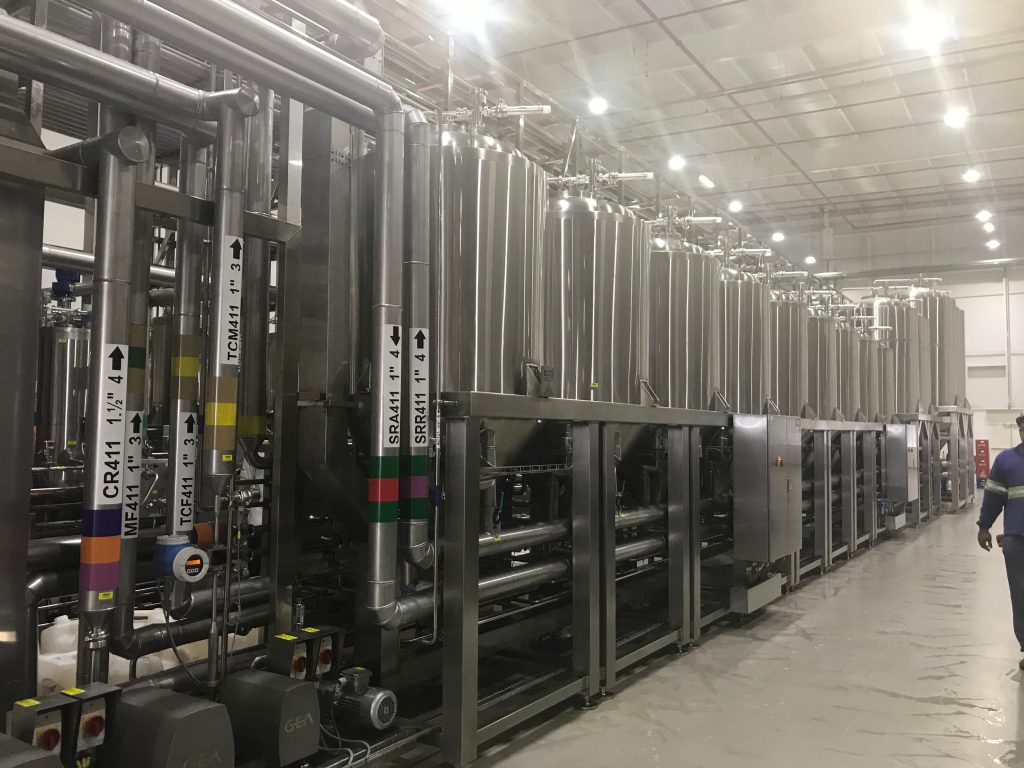Introduction

Selecting the appropriate brewery fermenters is a pivotal decision that significantly impacts the quality and consistency of your craft beer. These specialized containers serve as the heart of the brewing process, transforming wort into your desired beverage. With a myriad of options available, understanding the key factors and considerations can be overwhelming. This comprehensive guide aims to simplify the process, empowering you to make informed choices that align with your brewery’s specific needs and goals.
Understanding Brewery Fermenters
Brewery fermenters are specialized containers designed to facilitate the fermentation process. They provide a controlled environment for yeast to convert sugars into alcohol and carbon dioxide, resulting in the transformation of wort into beer. The primary function of a fermenter is to maintain optimal conditions for yeast growth and activity, ensuring a clean and flavorful end product. The choice of fermenter can significantly impact the style, complexity, and overall quality of your beer.
Types of Brewery Fermenters
There are several types of brewery fermenters, each with its own unique characteristics and applications.
Cylindrical-Conical Fermenters (CCVs)
Cylindrical-Conical Fermenters (CCVs) are the most commonly used type of fermenter in modern breweries. They are characterized by their cylindrical shape and conical bottom, which offers several advantages. The conical bottom allows for efficient yeast harvesting, as the yeast settles to the bottom of the tank during the fermentation process. This design also promotes better temperature control and circulation of the beer, ensuring consistent fermentation. CCVs are versatile and can be used for a wide range of beer styles, from lagers to IPAs.
Unitanks
Unitanks, also known as multifunctional tanks, combine fermentation and bright beer storage in a single vessel. This innovative design offers significant space-saving benefits and streamlined workflow. Unitanks are ideal for smaller breweries or those with limited space, as they eliminate the need for separate fermentation and storage tanks. They are also well-suited for breweries that produce a variety of beer styles, as they can be easily cleaned and sanitized between batches.
Open Top Fermenters
Open top fermenters are a traditional style of fermenter that have been used for centuries. They are characterized by their open top, which allows for greater oxygen exposure during the fermentation process. This can lead to the development of unique flavors and aromas in certain beer styles. However, open top fermenters require more labor-intensive cleaning and sanitation procedures, as they are more susceptible to contamination. They are best suited for specific beer styles and traditional brewing methods.
Plastic Fermenters
Plastic fermenters are a relatively new type of fermenter that has gained popularity in recent years. They are lightweight, affordable, and easy to clean. Plastic fermenters are ideal for homebrewers or small-scale commercial breweries. However, they have limited durability compared to stainless steel fermenters and may not be suitable for high-pressure applications.
Comparison of Fermenter Types
| Feature | Cylindrical-Conical | Unitank | Open Top | Plastic |
|---|---|---|---|---|
| Versatility | High | High | Medium | Low |
| Capacity | Wide range | Wide range | Limited | Limited |
| Temperature Control | Excellent | Excellent | Good | Fair |
| Agitation | Easy | Easy | Moderate | Difficult |
| Cost | High | High | Medium | Low |
Factors to Consider When Choosing Fermenters

When selecting brewery fermenters, several factors need to be carefully considered to ensure that you choose the right equipment for your specific needs.
- Capacity: Determine the desired batch size to ensure the fermenter can accommodate your production needs. Consider your current and future production goals to avoid outgrowing your equipment too quickly.
- Material: Stainless steel is the most common material used for brewery fermenters due to its durability, cleanliness, and resistance to corrosion. However, other materials such as plastic and glass-lined steel may be suitable for certain applications.
- Temperature Control: Effective temperature control is essential for maintaining optimal fermentation conditions. Choose fermenters with precise temperature control systems that allow you to regulate the temperature within a narrow range.
- Agitation: Agitation is important for promoting yeast health and even fermentation. Consider the need for agitation when selecting a fermenter, especially for certain beer styles that require specific agitation techniques.
- Budget: Evaluate your budget to determine the most suitable fermenter option. Consider the initial purchase cost, as well as ongoing maintenance and operating costs.
Conclusion
Selecting the right brewery fermenters is a crucial decision that directly impacts the quality of your beer. By carefully considering factors such as capacity, material, temperature control, and agitation, you can choose fermenters that meet your specific brewing needs. Remember to consult with experienced brewers and equipment suppliers to ensure you make the best choice for your brewery.
FAQ
What’s the difference between a brewery fermenter and a bright tank?
A brewery fermenter is where the magic of fermentation takes place, transforming wort into beer. A bright tank, on the other hand, is used to store and condition the beer before it’s ready for packaging.
How do I clean and sanitize my brewery fermenters?
A thorough cleaning and sanitizing routine is essential for maintaining the health of your brewery fermenters. Use hot, soapy water to remove debris, followed by a sanitizing solution to kill any harmful microorganisms.
What’s the ideal fermentation temperature for different beer styles in my brewery fermenters?
Lagers typically require lower fermentation temperatures (around 50-60°F) in your brewery fermenters, while ales prefer warmer temperatures (65-75°F).
How often should I pitch yeast into my brewery fermenters?
The frequency of pitching yeast into your brewery fermenters depends on the specific yeast strain and brewing process. Generally, pitching once per batch is sufficient.
Can I use plastic fermenters for commercial brewing?
While plastic fermenters can be suitable for homebrewing, stainless steel is the preferred material for commercial brewing. Stainless steel brewery fermenters are more durable, easier to clean, and better suited for the demands of a commercial brewing operation.

